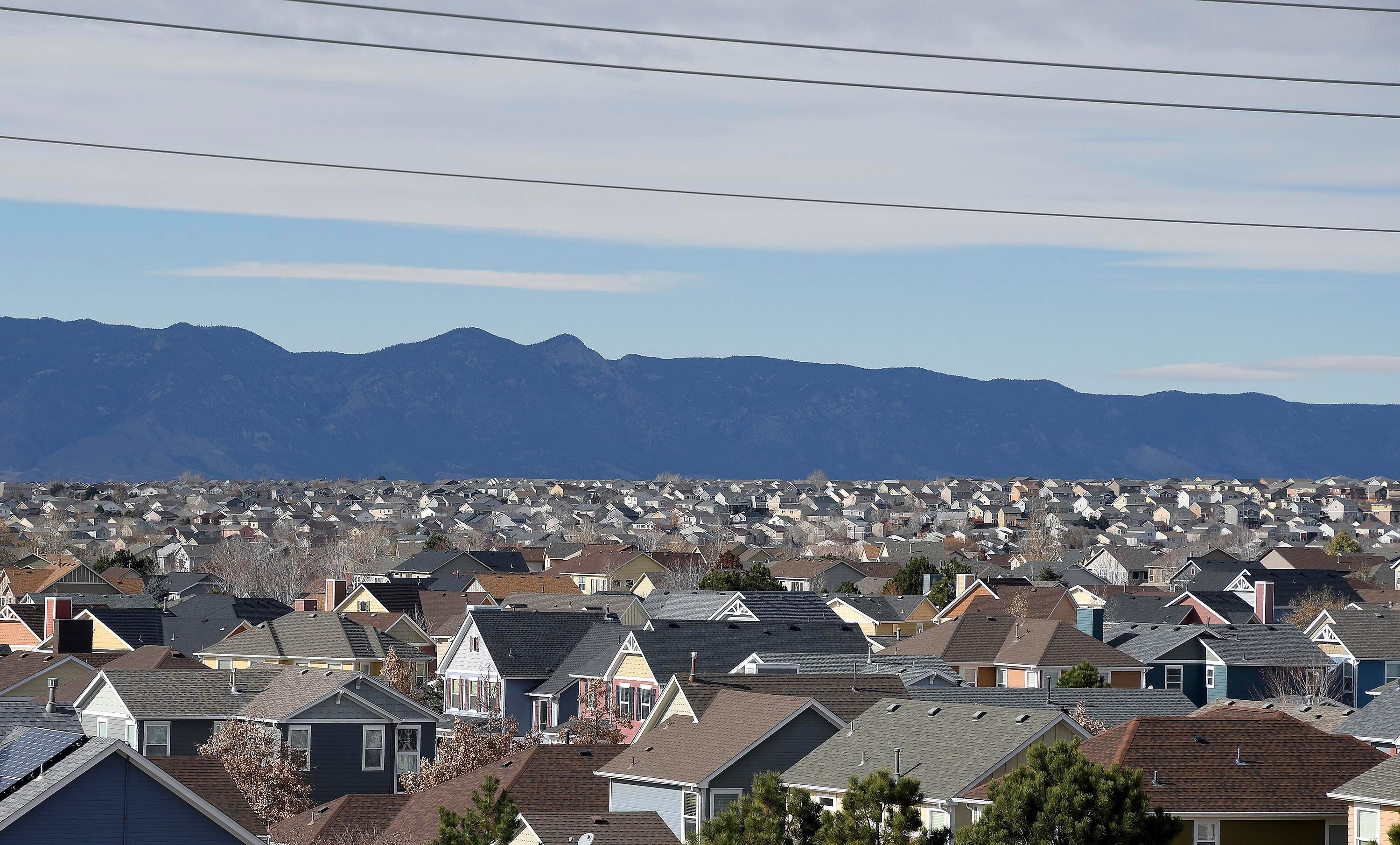
Threats due to drought and overuse continue to threaten water availability in the Rio Grande River Basin in Southern Colorado and all along its entire 1,900-mile-long course. That’s according to a new study by the World Wildlife Fund, Sustainable Waters and various universities.
The Rio Grande River starts in the mountains surrounding the San Luis Valley in Colorado, runs through New Mexico along the southern border of Texas and into the Gulf of Mexico. Some 15 million people in the United States and Mexico — where it's known as the Rio Bravo — rely on the river for their drinking water. In recent years, it's been running dry in places for months at a time.
Researchers say 52 percent of the basin’s water used directly for human activities isn’t replenishable from renewable sources like snow melt. The study points to irrigated agriculture, which comprises about 87 percent of the use in the entire river basin, combined with lower snowfall, as the primary causes of depletion. The researchers say Colorado lost 18 percent of its farmland in the Rio Grande Basin between 2000 and 2019 as a result of this decrease. Despite farmers voluntarily conserving water, the resource is still depleting.
According to the study, snowmelt in the basin’s headwaters in the San Luis Valley during the last 25 years dropped 17 percent from the 20th-century data. And the forecast is for additional decreases of as much as 28 percent due to climate change.
“Water managers and policymakers need to acknowledge the severity of this crisis and move swiftly to implement corrective measures. The time for bold, coordinated action is now,” lead researcher Brian Richter said in a written announcement.
Some strategies outlined in the study to help protect the water resource include “restoring river habitats, adjusting dam operations to better support seasonal flows, improving water-sharing agreements, and helping farmers switch to crops that require less water.”
- Rio Grande Library Initiative aims to preserve and showcase the water, land and cultural history of the San Luis Valley
- Nearly $25 million in federal funding expected to flow into the Upper Rio Grande River Basin to help address drought
- How water in Southern Colorado’s rivers gets divvied up before crossing state lines









